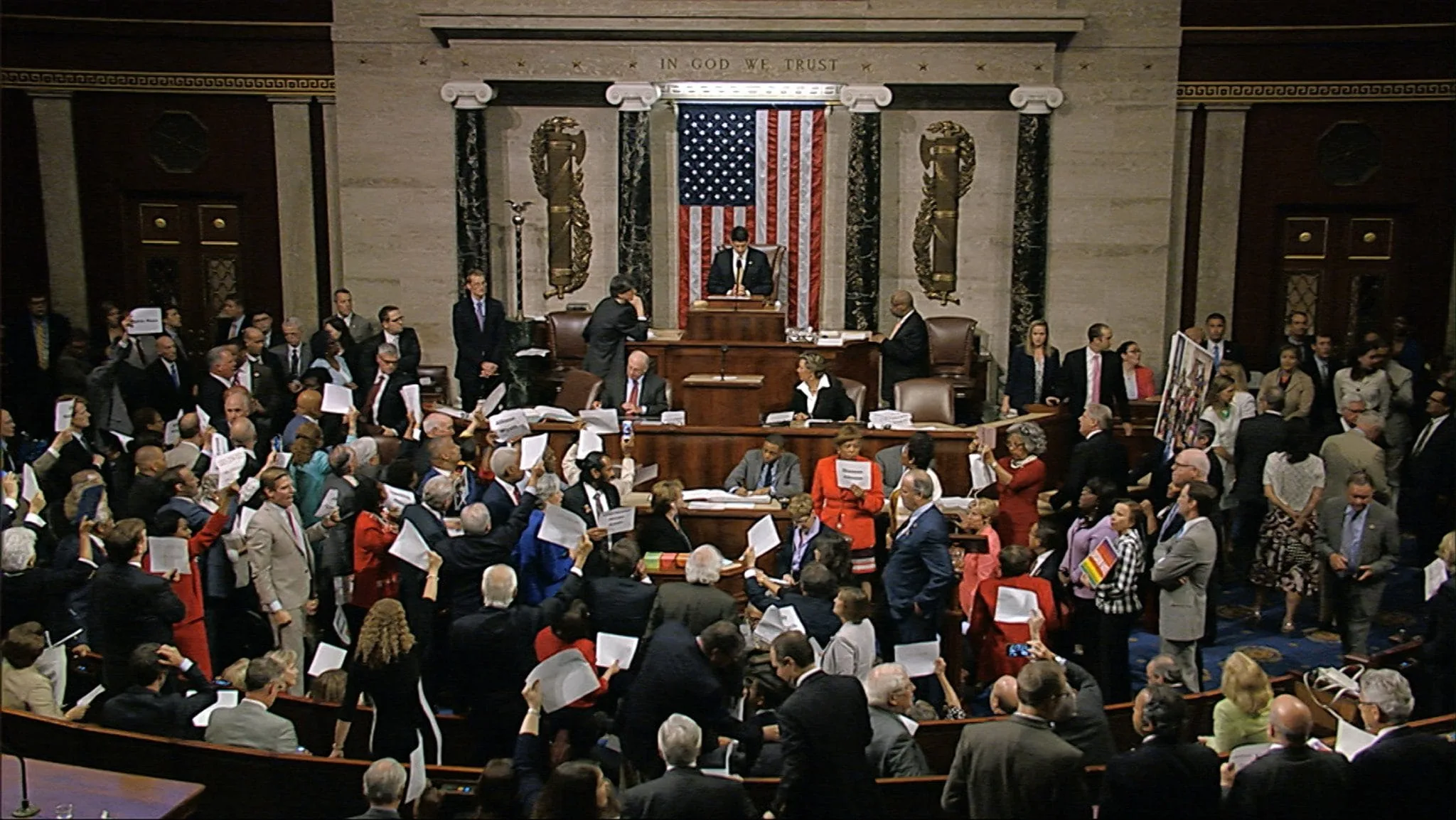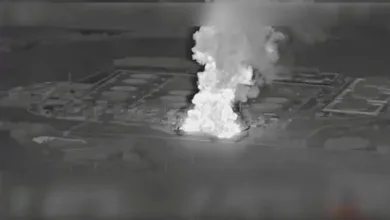U.S. Senate Faces Historic Showdown Over Emergency Funding as Climate Risks Rise

In a rare late‑night session, the us Senate clashed fiercely over a multi‑billion‑dollar emergency funding bill aimed at strengthening disaster defenses in coastal states. The debate, which ran past midnight, exposed deep political rifts and revived criticism of both past and present administrations—including donaldtrump—over preparedness for extreme weather.
The urgency came just days after tsunami alerts rippled across the Pacific following a massive quake off Russia’s Kamchatka Peninsula, reigniting national focus on infrastructure gaps and climate risk.
Billions at Stake and Deep Divides
The proposed legislation, worth over $75 billion, includes funding for modernizing coastal flood barriers, expanding early‑warning systems, and bolstering local emergency response networks.
Supporters argue it’s a necessary investment to protect communities threatened by hurricanes, tsunamis, and rising seas. Critics call it wasteful, saying it duplicates local programs and fails to address the “root causes” of disaster vulnerability.
Late into the night, senators traded arguments in speeches streamed live and dissected by commentators on foxnews and other networks.
Trump’s Shadow Over the Debate
Although no longer in office, trump remains an undeniable force in us politics. His past disaster funding choices resurfaced as senators debated, with some praising his administration’s targeted infrastructure spending, while others blamed it for cutting climate research budgets.
Conservative voices, including some allied with the former president, insisted local governments—not federal agencies—should lead preparedness efforts. Meanwhile, Democrats countered that large‑scale projects demand federal coordination and funding.
Climate Risks on the Rise
Experts from columbia university and other research institutions presented new data showing the growing threat of compound disasters—where earthquakes, tsunamis, and hurricanes overlap.
Recent Pacific events, including tsunami alerts in hawaii, were cited as stark reminders of how quickly disasters can disrupt tourism, supply chains, and national security.
The federalreserve has also warned in reports that climate‑linked disasters could cause economic shocks worse than previous recessions.
Media Focus and Public Reaction
As debate raged in Washington, cable programs like thefive and gutfeld explored political angles: would supporting the bill alienate fiscal conservatives, or would blocking it appear reckless in the face of natural threats?
Social media erupted under trending hashtags mixing policy frustration with humor. Some users posted satellite images of recent hurricanes alongside memes mocking lawmakers for “fighting over obvious needs.”
Economic Stakes Beyond the Coast
While coastal states like Florida, Louisiana, and hawaii would receive major funding, inland regions also have projects at risk: river levees, wildfire defenses, and drought resilience efforts.
Economists warned that without investment, disasters could disrupt entire industries, from agriculture to tourism, and even strain national defense readiness by threatening military ports and bases.
Voices from Local Communities
Local officials and first responders urged Congress to act. Sheriffs, mayors, and emergency managers described real‑world challenges: outdated sirens, crumbling seawalls, and overwhelmed volunteer teams.
They stressed that modern hazards, including faster‑forming hurricanes and tsunami risks highlighted by the recent Pacific quake, demand quicker federal support and flexible funding.
Behind the Numbers: What the Bill Proposes
The package includes:
-
$22 billion for coastal flood barriers and seawalls
-
$15 billion for modern early‑warning systems and communications upgrades
-
$10 billion for state disaster response grants
-
$8 billion for evacuation route modernization
-
$5 billion for climate research and hazard mapping
-
Billions more for wildfire protection, drought resilience, and local planning
Supporters say these numbers reflect not politics but the scale of looming threats.
Trump‑Era Policies Resurface
Some senators accused the former administration under donaldtrump of sidelining scientific agencies and prioritizing military spending over coastal protection. Allies defended Trump’s record, citing targeted flood mitigation projects and streamlined disaster aid approvals.
The debate revealed how disaster funding has become part of broader ideological battles about government scope and spending.
Beyond the Beltway: Global Watchers React
International analysts noted how U.S. disaster funding debates have global echoes. Countries vulnerable to climate risks look to Washington’s choices as a signal: will the world’s largest economy lead or hesitate?
Observers also linked the Senate clash to wider world concerns about rising insurance costs, migration pressures, and geopolitical instability fueled by natural disasters.
What Comes Next
Senators agreed to resume debate after the weekend, with amendments likely before a final vote. Even if passed, the bill could face challenges in the House, where fiscal conservatives hold sway.
Analysts predict the final version will shrink in size, but the symbolism of action—or inaction—may prove as important as dollar figures.
A Broader Conversation
Experts urge that beyond funding, the U.S. must rethink urban planning, invest in natural defenses like wetlands, and improve public awareness—so communities know what to do before warnings sound.
Recent tsunami alerts showed that even the best systems struggle when roads gridlock or when tourists don’t understand sirens.
Final Thought
Disasters don’t check party affiliation. The Pacific quake, hurricane warnings, and wildfire seasons all underline one truth: preparedness saves lives, and delay costs more than money.
As Congress argues, residents in vulnerable zones keep watching forecasts—and wondering if political will can move as fast as rising seas.




